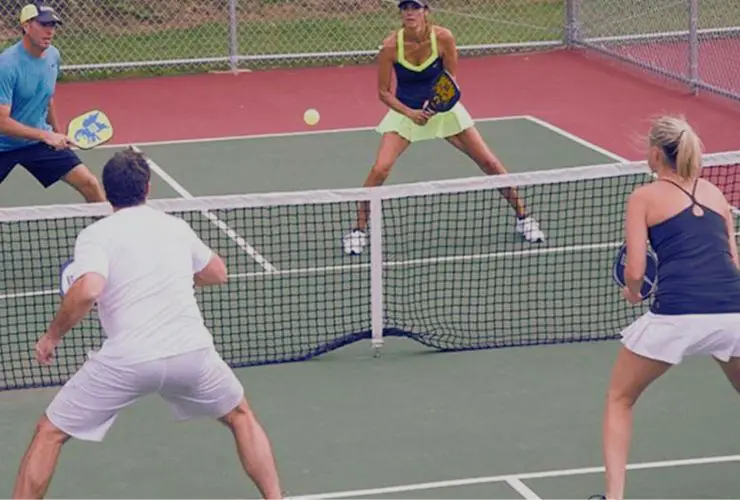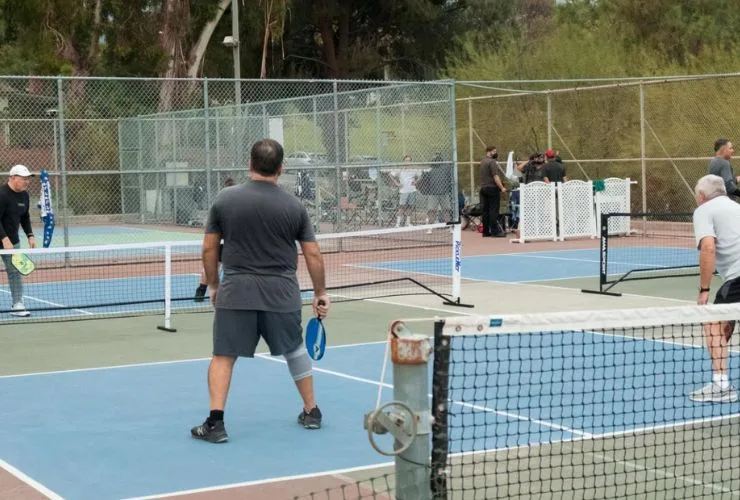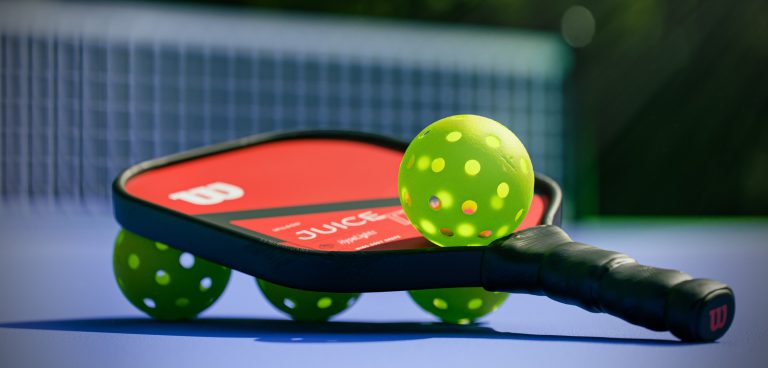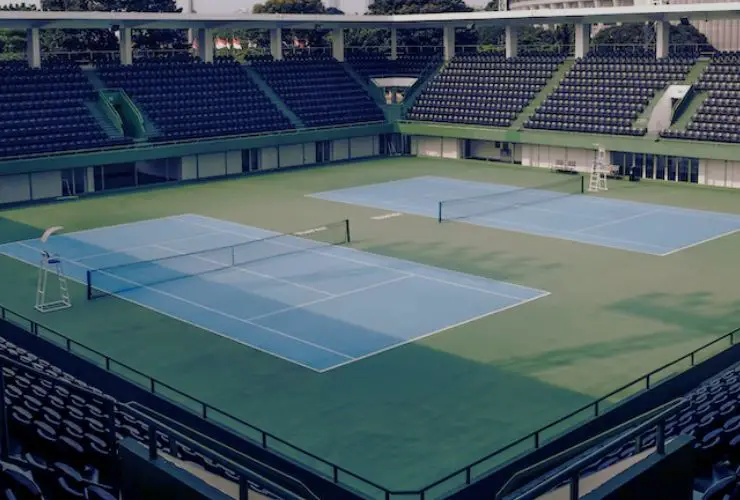Can You Switch Hands in Pickleball? Answered in Details
Yes, you can switch your hands in pickleball. However, some factors should be kept in mind. Like
- When to switch hands during the game.
- The pros and cons of switching hands
- How to switch hands during the game.
This is just the tip of the iceberg on the query of can you switch hands in pickleball. We’ve discussed this in detail throughout the whole article. So stick with us till the end.
Key Takeaways
- Yes, you can switch hands in pickleball according to the rules. However, its effectiveness depends on the situation of the game.
- Switching hands is a good technique for getting extra reach. So, it’s necessary to know how to switch hands.
- Switching hands requires good timing. So, hands should be switched in the right time under the right circumstances.
Can You Switch Hands in Pickleball?
Yes, you can switch hands in pickleball.
A lot of players argue that switching the paddle from one hand to the other during pickleball is illegal. Fortunately this is not the case according to the rules of pickleball. Given that there is no restriction prohibiting players from exchanging hands.
Unlike the rules of “let’’ in pickleball where the concept of lets is not valid. However, you may encounter a few players that discourage the usage of this approach. Particularly among non-ambidextrous players.
That means you may use right-handed, left-handed, or even double-handed depending on the scenario without fear of breaching any restrictions.
This is due to the fact that moving the paddle into their non-dominant hand slows them down.
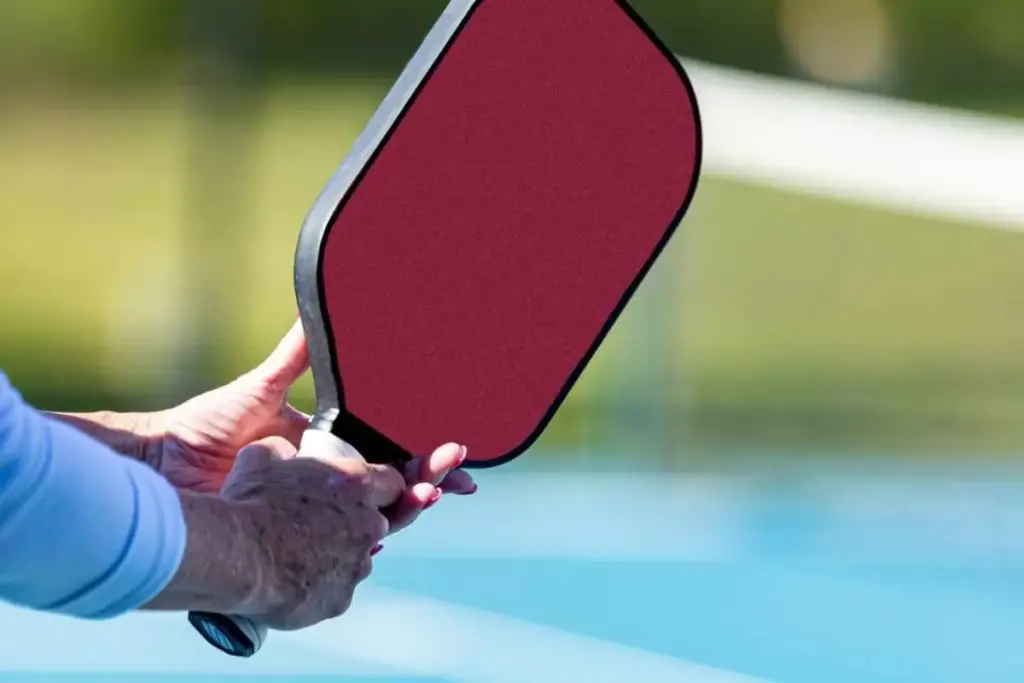
When Should You Switch Hands?
The ideal time to switch hands would be when you require extra reach to hit the ball. While you’re changing hands make sure you have enough time to switch the paddle from one hand to the other. You should not switch hands for every shot.
In the process of switching hands, you may violate some rules if you’re not aware. Therefore, you should know the rules of pickleball.
The best way to know when to switch is to assess the circumstance and adjust your strategy accordingly.
The sort of shot your opponent throws at you also has an impact on your choice to swap hands.
It’s usually a good opportunity to switch hands when the ball is aimed at your non-dominant side (backhand). But you need to be swift about it. This might assist you in executing a stronger return.
However, when the ball comes to your dominant hand (forehand), you can generally use it without switching. If the shot is high or oddly placed, swapping hands may give better control.
Beginners may be less likely to swap hands because they tend to have a weaker non-dominant hand in pickleball. Advanced players, on the other hand, typically achieve abilities with both hands, making it a vital tool in their armory.
Should You Switch Hands?
Whether you should switch hands during a pickleball game is determined by a number of factors. This includes your skill level, comfort with both hands, court location, and the game’s unique scenario.
You should always keep in mind what helps you improve your game. Even if it means using basketball shoes for pickleball.
Pros of Switching Hands in Pickleball:
Adding the skill of switching hands in your arsenal will surely help you get a competitive advantage. Depending on which size your pickleball paddle is you’ll get added advantage. You’ll get specific advantages for both 14mm and 16mm pickleball paddles.
Before that you should know the pros of it. Here are the pros of switching hands:
- Shifting your paddle to your other hand, you would have substantially improved your reach.
- When you switch hands, you can hit forehand strokes instead of backhand ones.
- It it beneficial for older players who have reduced mobility and cannot move quickly enough to reach the ball.
- This strategy also saves time and allows you to immediately return the opponent’s shot.
- You can catch your opponent off guard by hitting balls strongly from your weak or unprotected side.

Cons of Switching Hands in Pickleball:
Pickleball is mostly played near the non-volley zone, with dink rallies followed by rapid-fire volley attacks. This factor gives a lot of cons of switching hands. The cons are:
- There isn’t always time to switch hands when you’re this near to the net!
- Because you’re hurrying your switch, you can miss a ball mid-switch or drop your paddle.
- If you switch hands to avoid utilizing your poor backhand, you will never develop it!
Do’s and Don’ts of Switching Hands in Pickleball
Switching hands demands remarkable coordination and expertise, thus practice outside of the game is essential. Here are the do’s and don’t of switching hands:
- Only swap hands if you know you have ample time, such as after a serve or a return of a serve.
- Switch hands by gripping the paddle as if shaking someone’s hand and wrapping your thumb around the handle.
- Switching hands might result in mistakes or missed shots, giving your opponents an edge.
- Slowly switching hands might result in your opponent reading the game and gaining an advantage.
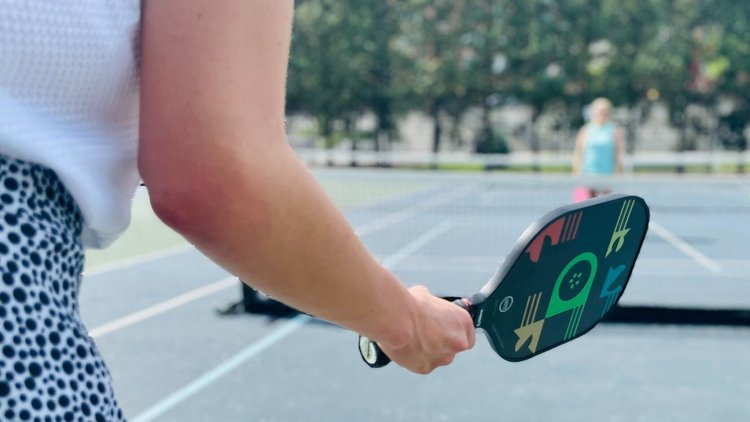
Frequently Asked Questions (FAQs):
Do Players Rotate In Pickleball?
When the courts are busy after one game, the four players on the court cycle off, and four new players come on. Those that are rotating off replace their paddles in the saddle. When things are less hectic, the winning team can stay for one more game, although they may be asked to break up.
What Is A Dead Paddle In Pickleball?
A “dead” pickleball paddle is one that is not performing to its full potential. A broken, cracked, dented, worn down surface, or usage (or overuse) throughout the paddle’s lifespan can all result in a dead pickleball paddle.
What Is Ghost Doubles In Pickleball?
Rally scoring is used in Ghost Doubles. The game begins with Player 1 serving across court to Player 2. If Player 1 scores a point, they go to the left side of the court and serve again. If Player 1 does not score a point, they remain in their original position, while Player 2 goes to the left side of the court.
Endnote
This should clear your concern regarding ‘Can you switch hands during pickleball?’. That’ll be all from us.
Remember to get accustomed will all the rules and regulations before stepping into the field.

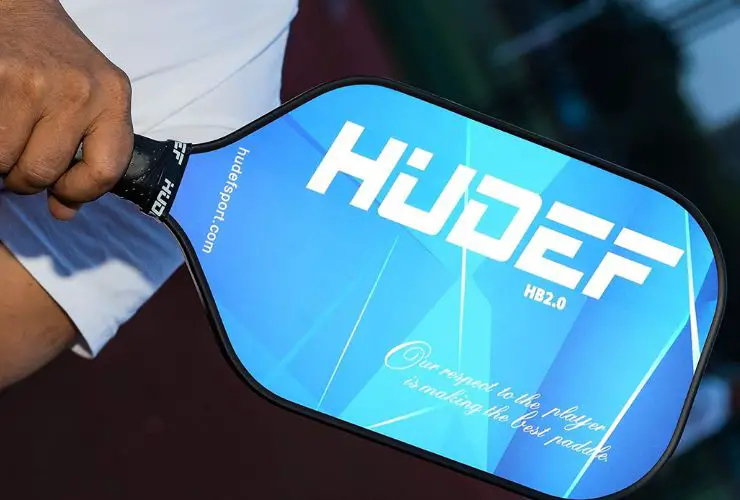
![Can Pickleball Machines Be Adjusted For Different Skill Levels?[Answered]](https://pickleballyard.com/wp-content/uploads/2023/06/Can-Pickleball-Machines-Be-Adjusted-For-Different-Skill-Levels-jpg.webp)
